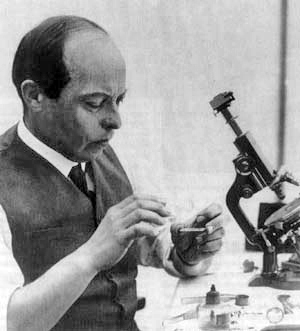
Ladislas Starevich was a Polish-Russian stop-motion animator notable as the author of the first puppet-animated film The Beautiful Leukanida (1912). He also used dead insects and other animals as protagonists of his films. Following the Russian Revolution, Starevich settled in France.

Joann Sfar is a French comics artist, comic book creator, novelist, and film director.

The Grand Prix de la ville d'Angoulême is a lifetime achievement award given annually during the Angoulême International Comics Festival to a comics author. Although not a monetary award, it is considered the most prestigious award in Franco-Belgian comics.
The Prize for Best Album, also known as the Fauve d'Or, is awarded to comics authors at the Angoulême International Comics Festival. As is the customary practice in Wikipedia for listing awards such as Oscar results, the winner of the award for that year is listed first, the others listed below are the nominees.
This Prize Awarded by the Audience - Cultura is awarded to comics authors at the Angoulême International Comics Festival since 1989.
The Prix de la critique is a prize awarded by the Association des Critiques et des journalistes de Bande Dessinée to the best comic album released for a year in France. Previously, from 1984 to 2003, it was called Prix Bloody Mary and awarded at the Angoulême International Comics Festival. Concerned at first with albums of the Franco-Belgian comics school it was eventually interested in works coming from the comic book tradition of more distant lands.
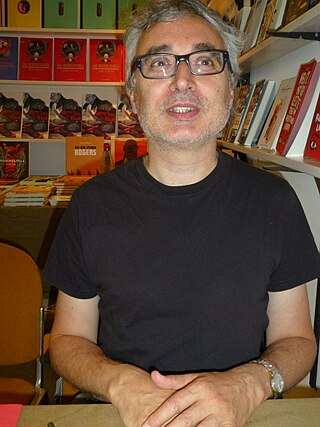
Pierre-François "David" Beauchard, also known by the pen name David B., is a French comic book artist and writer, and one of the founders of L'Association.
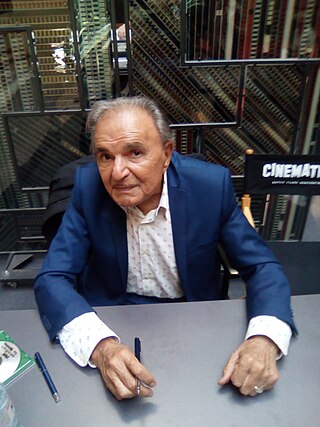
Jean-Pierre Kalfon is a French actor and singer.
This is a list of awards and prizes formerly awarded at the Angoulême International Comics Festival.
Maurice Bénichou was a French actor. His best known roles include three collaborations with director Michael Haneke, and a part in Jean-Pierre Jeunet's Amélie. He has also played in Peter Brook's 1989 film version of The Mahabharata.
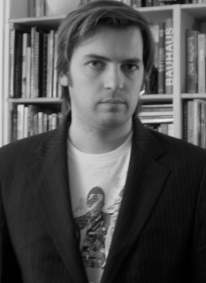
Benoît Mouchart is a French writer and curator. From 2003 to 2013, he was artistic director of the cultural programming of Angoulême International Comics Festival, in France.
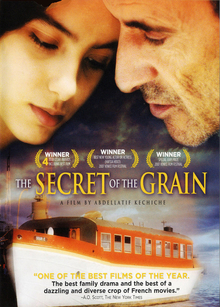
The Secret of the Grain, titled Couscous in the UK, is a 2007 Franco-Tunisian drama film directed by Abdellatif Kechiche. The film stars Habib Boufares as an aging immigrant from the Maghreb whose ambition to establish a successful restaurant as an inheritance for his large and disparate family meets sceptical opposition from the French bureaucracy.
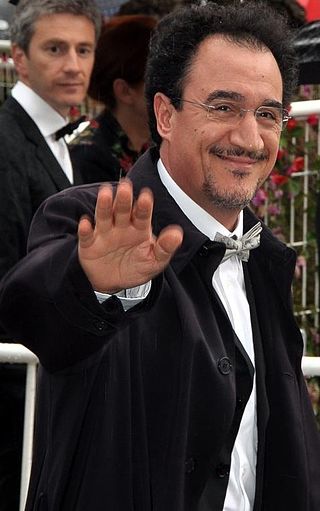
Mohamed Fellag is an Algerian comedian, writer, humorist, and actor. In 1958, at the height of the Algerian war of independence, his father took him and his younger brother, for their safety, to stay with an aunt in Beni-Messous where they went to primary school. He did his secondary studies in Tizi-Ouzou He entered the School of Dramatic Arts of Algiers in 1968 and stayed there for four years performing in several theatres throughout Algeria.

Hafsia Herzi is a French actress, screenwriter, and director. She is best known for her debut role in the award-winning Franco-Tunisian feature The Secret of the Grain for which she won the award for most promising actress at the César Awards 2008, and the Marcello Mastroianni award, for best emerging actor/actress at the 64th Venice International Film Festival.

Riad Sattouf is a French cartoonist, comic artist, and film director. Sattouf is best known for his graphic memoir L'Arabe du futur and for his film Les Beaux Gosses. He also worked for the satirical French weekly Charlie Hebdo for ten years, from 2004 to mid-2014, publishing drawing boards of one of his major works La vie secrète des jeunes.

Gainsbourg: A Heroic Life is a 2010 French drama film written and directed by Joann Sfar. It is a biopic of French singer Serge Gainsbourg.
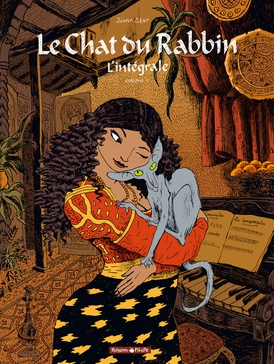
The Rabbi's Cat is a series of comic fantasy comic books created by Joann Sfar. It was originally published in France by Dargaud as a series of graphic albums. English translations of the first five stories have been released by Pantheon Books. Some volumes were also translated into Spanish, Croatian, Russian, Polish, Dutch, and German.
The Rabbi's Cat may refer to:

Le Building is a 2005 French animated short film directed by a team of final year students at Gobelins, l'École de l'image. The story depicts a series of slapstick accidents that cause destruction to a three-story apartment complex. Le Building's team of five directors is composed of Pierre Perifel and Olivier Staphylas, both of whom went on to become Annie Award-recognized animators at DreamWorks, Xavier Ramonède and Annie award-nominated Marco Nguyen, who have continued their careers with animation credits on various high-profile French productions, and Rémi Zaarour, who has since become a comic book artist, published under the pseudonym Pozla.
Emmanuel Guibert is a French comics artist and writer. For his work, he has been awarded the French Ordre des Arts et des Lettres and the Grand Prix de la ville d'Angoulême.













